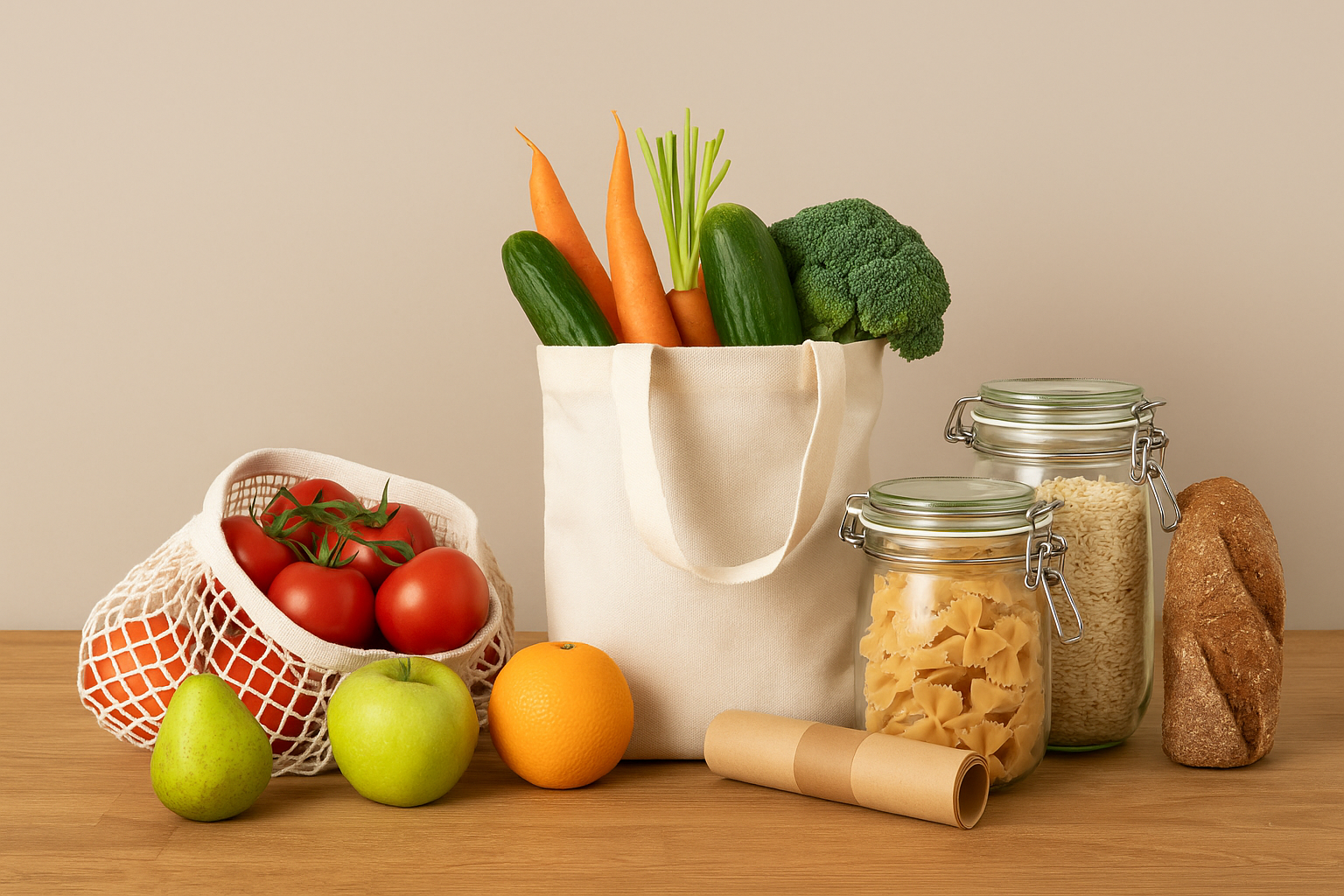Food waste in supply chains – causes, cooperation & solutions
Every day in Germany, tons of food end up in the trash – from harvest to supermarket shelf. This costs money, consumes resources, and generates unnecessary emissions. The good news: With smart collaboration along the supply chain, much can be saved – for companies, consumers, and the environment.
Food waste in supply chains
Food waste causes economic losses in the hundreds of billions worldwide – and a significant portion of this occurs along the supply chain in Germany as well. The following factors are particularly relevant:
Overproduction & Trade Standards
Risks of crop failure due to weather or pests lead to buffer quantities in the field. In addition, there are the visual and size requirements of the trade – “imperfect” fruit and vegetables are often rejected despite being of perfect quality.
Transport and storage losses
Interrupted cold chains, damaged packaging, or delayed deliveries cause goods to spoil. Price-driven bulk orders further increase the risk of overstocking.
Households as an effective lever
At the end of the chain, impulse purchases, improper storage, and overly large portions lead to avoidable waste. Part of the cause: a lack of knowledge about storage zones and expiration dates.
Uncertainty regarding best before date and use-by date
- Best before date: Usually still edible after the expiry date – a sensory check helps (see, smell, taste).
- Use-by date (UB): Safety limit for highly perishable goods (e.g., meat, fish). Do not eat after this date.
Environmental and economic costs
Every discarded product previously consumed water, energy, space, and labor – and its disposal also generates greenhouse gases. For businesses, in addition to the cost of goods, disposal, storage, and processing costs are added to the expenses. In total, waste burdens companies, households, and the environment alike.
Remember: Waste prevention pays off twice – it saves costs and emissions.
Why partnerships are crucial
No single actor can solve the problem alone. When farmers, processors, logistics companies, wholesalers, and retailers share data and coordinate processes , more accurate demand forecasts, more precisely matched orders, and less surplus produce are achieved. Common standards and clear interfaces accelerate decision-making – from harvest planning to sales.
Practical ways to reduce waste
Digital tools & intelligent systems
- AI for forecasting: Sales data, weather & seasons improve demand quantities – less overproduction.
- Sensors & IoT: Monitor temperature and humidity in real time, correct deviations immediately.
- Blockchain: Increasing transparency and traceability – making vulnerabilities visible.
- Shared key performance indicators: Standardized reports for all partners accelerate optimization.
Regional networks & better packaging
- Shorter routes: Fresher produce, fewer losses, lower emissions.
- Direct marketing: Fewer steps, less waste.
- Active cold chain: Mobile units with stable temperature and emergency alarm.
- Smart packaging: MAP, freshness indicators & flexible portion sizes extend shelf life.
SIRPLUS as a practical example
SIRPLUS demonstrates how cooperation along the supply chain works: surpluses, goods nearing their expiration date, or products with minor cosmetic defects are returned to the cycle – tested, safe, and inexpensive.
- Mission: “Zero Waste For Zero Hunger” – saving food instead of throwing it away.
- Partnerships: Collaboration with over 700 producers, wholesalers and retailers.
- Benefits for customers: Wide range including vegan, organic & gluten-free products; boxes with up to 90% savings.
- Added value: Environmentally friendly packaging, educational work and support of social projects.
Measure success & scale solutions
Key performance indicators
- Amount saved: Recorded in kg or tonnes to make waste quantities measurable.
- Avoid emissions: CO₂ savings through optimized processes.
- Cost impact: Savings in purchasing, storage and disposal.
- Social impact: Households reached, meals donated, educational initiatives.
Tips for scaling
- Clear goals: Specific, measurable, and reviewed regularly.
- Choose the right technology: Reliable providers with experience and data security.
- Training teams: Interpreting data and translating it into concrete actions.
- Involve stakeholders: Joint audits and progress reports promote transparency.
Conclusion – Together we can succeed
Collaboration makes all the difference: When agriculture, industry, trade, and consumers work together – supported by data, technology, and regional networks – every crate of fruit saved becomes a step toward the future. SIRPLUS shows how this already works today. Less waste means: reduced costs, saved emissions, and protected resources.



